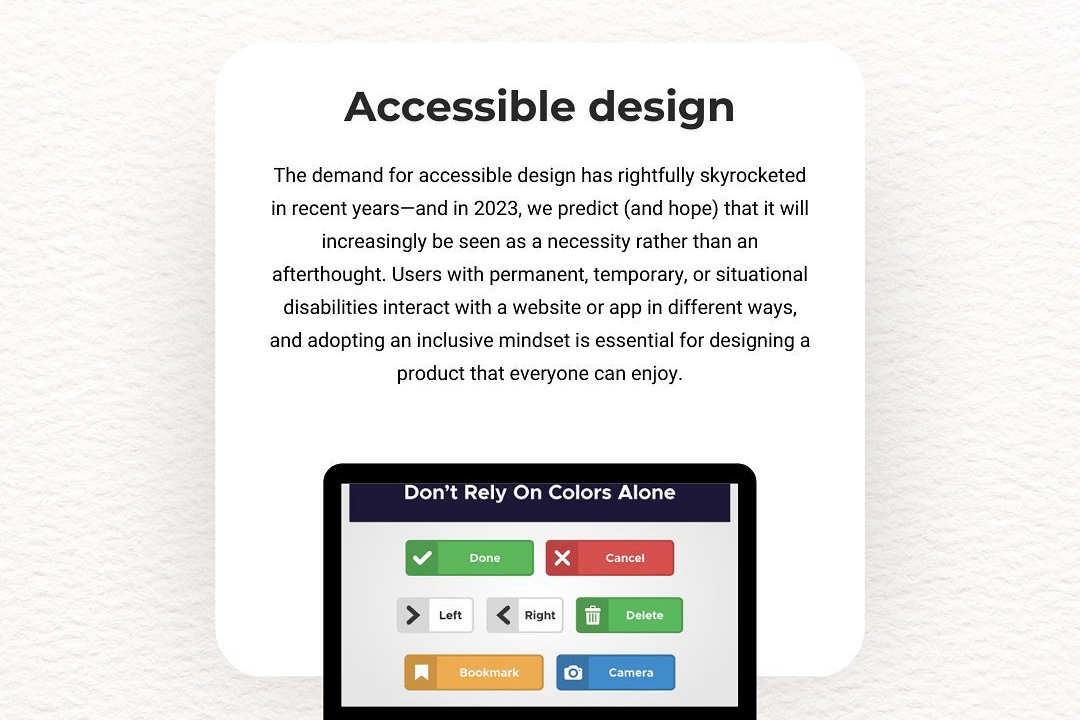Composite pattern
Understanding the Composite Pattern: Structuring Complex Objects
Composite pattern
The Composite Pattern is a structural design pattern that allows clients to treat individual objects and compositions of objects uniformly. This pattern is particularly useful in scenarios where you want to represent part-whole hierarchies, enabling clients to work with complex tree-like structures. The pattern involves creating component interfaces for both single objects (leaf nodes) and composition objects (composite nodes), allowing clients to interact with them through the same interface. By doing so, it simplifies the client's code and promotes flexibility, as new kinds of components can be added without altering existing code, making the system extensible and easier to maintain.
To Download Our Brochure: https://www.justacademy.co/download-brochure-for-free
Message us for more information: +91 9987184296
1 - Definition: The Composite Pattern is a structural design pattern that allows you to compose objects into tree like structures to represent part whole hierarchies.
2) Purpose: It enables clients to treat individual objects and compositions of objects uniformly. This simplifies code and enhances flexibility.
3) Components: The pattern typically consists of three key components:
Component: An interface or abstract class that defines common operations for both simple and complex objects.
Leaf: Represents leaf nodes in the composition, which do not have sub objects.
Composite: A class that implements the component interface and holds child components (which can be either Leaf or other Composites).
4) Tree Structure: The Composite Pattern allows you to create a tree structure where each node can be an individual object or a collection of objects.
5) Client Code: Client code does not need to differentiate between Leaf and Composite, making it simpler and cleaner to implement.
6) Flexibility: This pattern provides enhanced flexibility since you can add new kinds of Leaf and Composite without changing existing code.
7) Use Cases: It’s especially useful for scenarios involving hierarchies such as graphic systems, file directories, and organization structures.
8) Recursion: The operations defined in the Component class can potentially call themselves recursively on child components, which allows for easy manipulation of the tree structure.
9) Single Responsibility Principle: By adhering to the Composite Pattern, you can ensure that your classes maintain a single responsibility for either holding data (Leaf) or managing the collection of objects (Composite).
10) Performance Considerations: When using the Composite Pattern, be mindful of performance issues as operations may need to traverse the entire structure.
11) Implementation: Implementation involves creating a common interface for all components, concrete implementation for leaves, and a composite class that manages its child components.
12) Complexity Management: This pattern helps manage complexity by allowing you to work with a single unified interface rather than dealing with various object types separately.
13) Example Scenarios: Real world examples include rendering shapes in graphics programs, building a file system explorer, and representing organization charts in applications.
14) Advantages: Simplifies the client code, promotes tree structure representation, and enhances the ability to introduce new components without altering existing system architecture.
15) Drawbacks: It may lead to design issues as users might treat all objects uniformly, potentially using composite objects where leaf objects would suffice, leading to a misuse of the pattern in certain situations.
By covering these points, students can gain a comprehensive understanding of the Composite Pattern, its structure, use cases, and implementation significance in software design.
Browse our course links : https://www.justacademy.co/all-courses
To Join our FREE DEMO Session: Click Here
Contact Us for more info:
- Message us on Whatsapp: +91 9987184296
- Email id: info@justacademy.co












